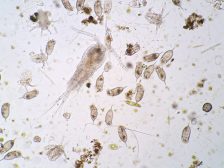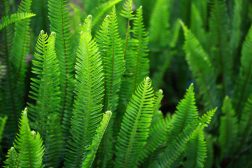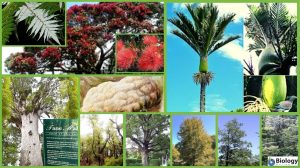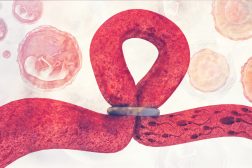Definition
noun, plural: sporozoites
A minute, elongated cell that arise from the repeated division of the oocyst during sporogony in certain Apicomplexans
Supplement
Apicomplexa is a phylum comprised of protozoans characterized by having a special organelle called an apical complex, and most of them are single-celled, parasitic, and spore-forming. They are intracellular parasites. Their life cycle is comprised of stages where each has a particular cellular variety. Nevertheless, not all members have all the various life stages.
For instance, the life cycle of Plasmodium species, the causative agents of malaria in humans, is comprised of human and mosquito stages. In mosquito stage, the gametocytes ingested by a mosquito during a blood meal from a human host develop into microgametes and macrogametes. The microgamete enters the macrogamete, forming an ookinete. The ookinete is the fertilized zygote that glides its way through the epithelial cells lining the midgut of mosquitoes. It transforms into a thick-walled structure called oocyst. The oocyst undergoes repeated divisions (sporogony) and ruptures to release the sporozoites. The sporozoites move to the salivary glands of the mosquito host. The sporozoite stage is the infective stage in human hosts. When the mosquito takes a blood meal it injects soporozites into the human host. Within the human host, the sporozoites move to invade liver cells (exo-erythrocytic cycle). In liver cells, they give rise to merozoites that infect the red blood cells and initiate clinical malaria.
Word origin: sporo– (“spore”) + zoon (“animal”)
Synonym(s):
- germinal rod
- zoite
- zygotoblast
See also:







